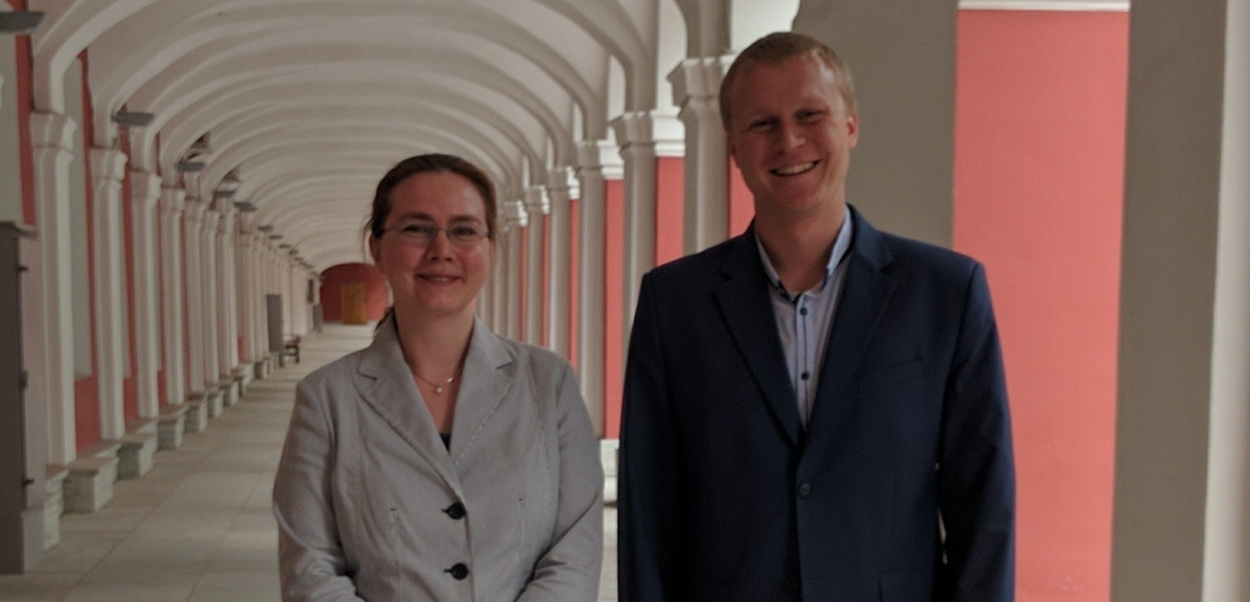St Petersburg University biologists have for the first time systematised all known phenomena of programmed genetic material elimination in the cells of living organisms. The research will enable us to gain a deeper insight into genome plasticity. The results and outcomes may be used in treating conditions characterised by additional chromosomes.
The research is supported by a grant from the Russian Science Foundation. The findings are published in Biological Reviews.
"Genetic material is considered to be highly stable. Genome's stability allows the development of the organism and assures the transmission of genetic material to offspring. Alteration in genome stability drastically affects the normal development that may result in oncological transformation and death of living organisms. Nevertheless, some organisms can selectively eliminate part of their genomes from certain cell types during specific stages of ontogenesis," said Dmitrij Dedukh, the first author of the article and junior research associate at St Petersburg University.
"The phenomenon of programmed DNA elimination has been found in many organisms ranging from unicellular organisms to mammals. It can be found in the ciliate protozoa, invertebrates (parasitic nematodes, copepods, springtails, coccidae, fungus gnats, etc.), and vertebrates (lampreys, hagfish, songbirds, bandicoots, opossums, and some species of the spiny mouse)."
"Additionally, chromosome elimination can be observed in interspecific plant hybrids and animal interspecific hybrids. It can be caused by the endosymbiotic bacterium Wolbachia or additional chromosomes. Selective elimination of genetic material can include the removal of sequences in chromosomes, whole chromosomes, or even a parental chromosomal set," Dmitrij said
"These organisms eliminate part of their genomes from certain cell types during specific stages of ontogenesis, and it does not affect the normal development and is even essential for survival."
Some organisms can selectively eliminate part of their genomes from certain cell types during specific stages of ontogenesis.
"In our paper, we described the most common cases in various groups of living organisms. We specified mechanisms of selective genetic material elimination. In previous papers, little, if any, was said about elimination of genetic material. In this respect, our study is comprehensive. We have found out that despite the different consequences of DNA elimination, all genetic material destined for elimination must be first recognised, epigenetically marked, separated, and then removed and degraded," said Alla Krasikova, the co-author of the article and Associate Professor at St Petersburg University.
This study is essential for a wide range of areas in biology and biomedicine, as Dmitrij Dedukh put it. Gaining a better understanding of how genetic material is eliminated is essential in how we approach the current problems in agriculture and aquaculture. The results and outcomes have the potential to be used in biomedicine, including treating conditions that are associated with additional chromosomes. Among other areas for using the research outcomes are how to develop alternative methods to edit genomes and chromosomal sets.
"The phenomenon of selective genetic material elimination was discovered as long as 120 years ago. However, we are far from having a deep understanding of how the DNA sequences in most of living organisms are recognised and eliminated. What we aim at is to show that elimination of genetic material is a highly widespread phenomenon that is still little studied and calls for a comprehensive analysis," said Dmitrij Dedukh.
The research is supported by grant No 20-74-00030 ‘Mechanisms of selective parental genome elimination during gametogenesis of interspecific hybrids from water frogs complex’ from the Russian Science Foundation.
The review presents the results obtained by the University scientists and sums up other works in selective elimination of genetic material. The research is supported by a grant from the Russian Science Foundation.
